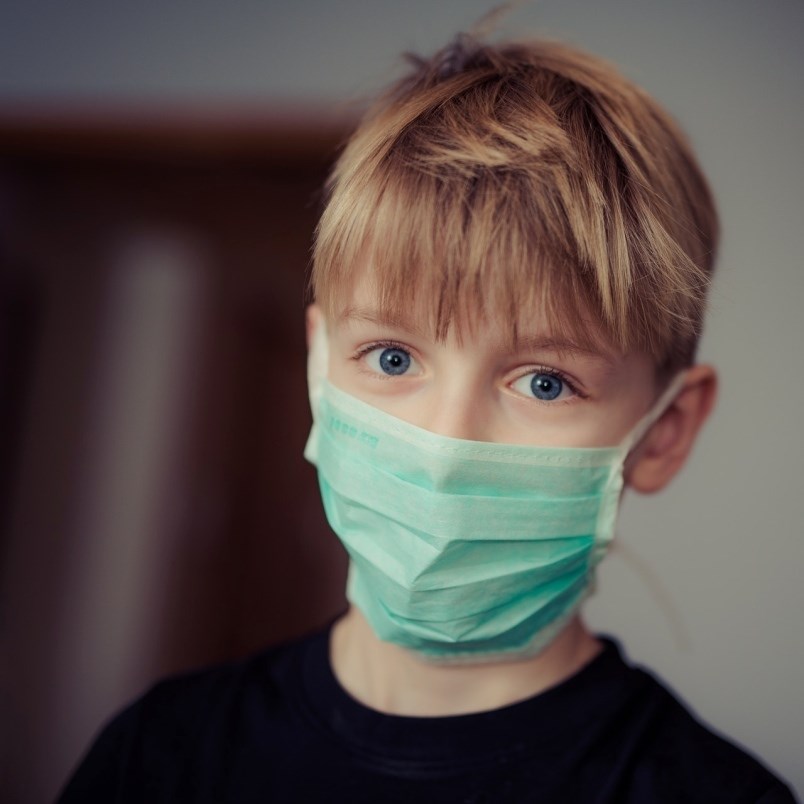Growing up in the 1960s and ‘70s, masks and gloves were donned by my favourite heroes: Batman, Robin and the Lone Ranger. (I’ll include the Green Hornet and Kato for fans of ‘60s TV and Bruce Lee.)
Like every other boy, I imagined being a hero, but I never imagined that one day, there would be a pandemic and a surgical mask and rubber gloves would be part of my everyday garb.
Over the past two months, how we perceive masks and gloves has changed week by week. One thing remains. In health care, scrupulous hand washing, surgical masks and gloves were primarily for protecting others (our patients) more than our selves.
For everyone who is not a healthcare provider, masks and gloves – only when used appropriately – do provide protection to others and to some extent the wearer.
BC has managed to flatten the curve (the spread of COVID-19 infections) better than the majority of other countries and provinces due to the sage advice of our leaders, including Dr. Bonnie Henry and Health Minister Adrian Dix, to 1. maintain physical distancing of 2 metres (or approximately 6 feet) from others and 2. wash our hands.
As other provinces and states around the world have slowly relaxed physical distancing rules to reopen businesses and other public places, we’ve already seen the second wave of new COVID-19 infections including Germany, South Korea and the U.S.
We too are at a heightened risk for the second wave if we as individuals and families forget about those two key practices: keeping our distance and washing our hands.
Emerging studies suggest that in those places where everyone wears some type of mask – including simple cloth masks – there is a further reduction in the spread of infection. A prime example is Japan, where cloth masks were worn by everyone in public from the start of the pandemic.
Two months ago, the average person who wore a mask out of the home was perceived as overly anxious. Now that person is seen as sensible.
Moreover, knowing that anyone with an early COVID-19 infection can infect others before they have symptoms, when I see someone with a mask, I recognize that they are protecting others.
We know that COVID-19 is primarily spread by contaminated respiratory droplets released from the nose or mouth when we talk, breathe, sneeze or cough. Physical distancing works because those droplets quickly fall to the ground usually within those magic few metres.
We’ve also told the public that if they do cough or sneeze, either do it like a doctor (into the sleeve over the inside of your elbow) or use a tissue and wash your hands right away.
If someone with a cold, flu or COVID-19 contaminates their hands by coughing, sneezing or touching their mouth, nose or hands, they can contaminate inanimate objects such as elevator buttons, door handles and railings.
When others pick up those respiratory droplets on their hands and subsequently touch their eyes, nose or mouth before washing their hands, they too may become infected.
Face masks also provide a limited measure of protection by the wearer as a barrier to respiratory droplets that would strike our face if we are less than 2 meters from another person. Remember that physical distancing remains your first measure of defence.
Beware the Pitfalls of Masks
1. They can provide a false sense of security if you ignore keeping your distance.
2. They pose a greater risk if you frequently touch your mask and eyes.
3. The outside of the mask may be contaminated if you are too close to others. You must avoid touching the outside of the mask and if you do, wash your hands right away.
4. Even if your mouth and nose are protected by a barrier, if you are too close to others, your eyes remain unprotected from respiratory droplets. Keep your distance and consider wearing eye protection – sunglasses outdoors, prescription glasses or inexpensive plastic safety glasses from the hardware store.
5. Kids under two or others with difficulty breathing or who cannot remove a mask by themselves should not wear one.
6. N95 masks are not needed by people in public places. Please note that the tightly fit, uncomfortable N95s worn by healthcare providers for certain procedures do NOT have valves.
Masks with one-way valves only protect the wearer. A person with COVID-19, a cold or influenza - who wears an N95 with a valve - can still infect others. Keep your distance from others wearing valved masks.
Three Things You Need to Know about Gloves
1. Gloves provide a false sense of security and are not a substitute for hand hygiene. The cashier handling contaminated objects and cards can transfer respiratory droplets to your card if those gloves aren’t changed or thoroughly cleaned between customers.
2. If you are wearing gloves, don’t touch your eyes, nose or mouth – or phone -before taking them off and washing your hands.
3. Put used gloves and soiled disposable masks in the trash. Don’t toss them on the ground.
Masks and gloves are the new supernormal of pandemic life.
Though I sometimes have to gown up, I’m grateful that I don’t need to don a cape. As we saw in The Incredibles, capes are just plain dangerous. But you never know, the pandemic is still young and when we run out of gowns, healthcare providers may need to resort to capes and I’ll have to check out the closet of my old bedroom at Dad’s house.
Dr. Davidicus Wong is a family physician. He was the founding chair and lead physician of the Burnaby Division of Family Practice and continues to serve on the board. His Healthwise Column appears regularly in this paper. For more on surviving and thriving during the pandemic, read his blog at davidicuswong.wordpress.com.



